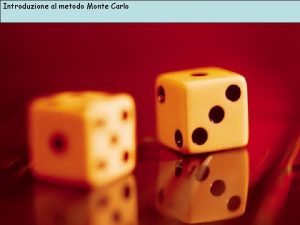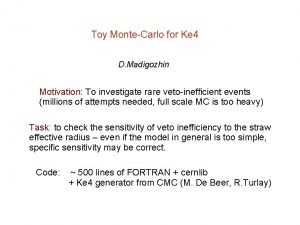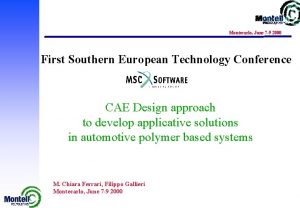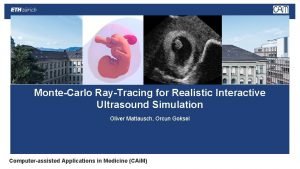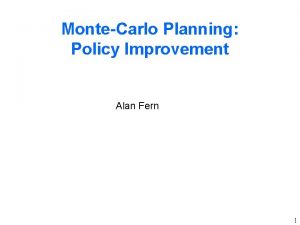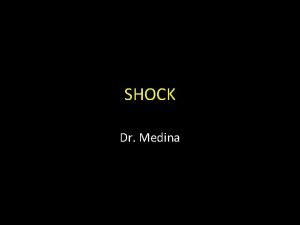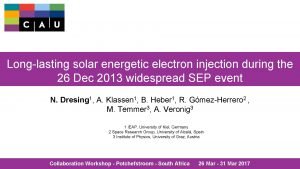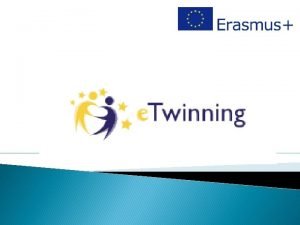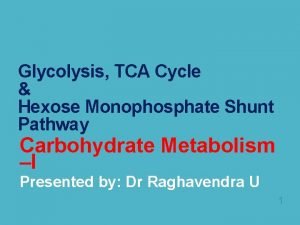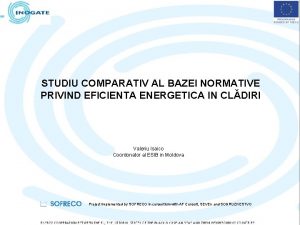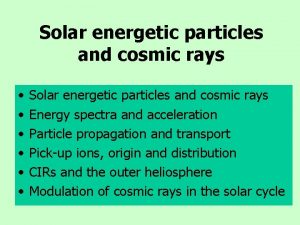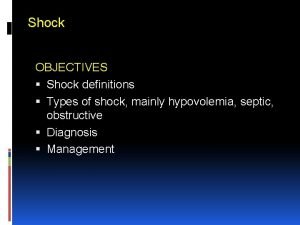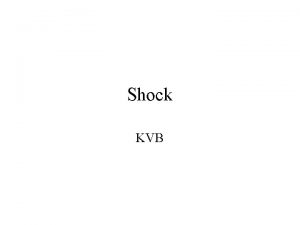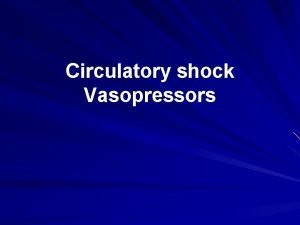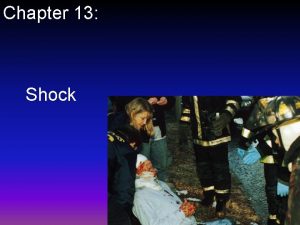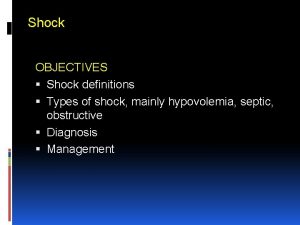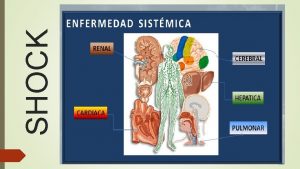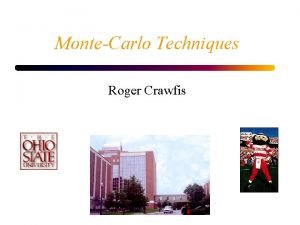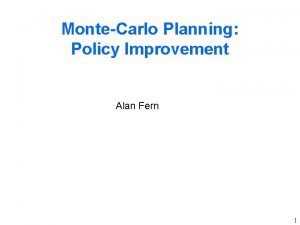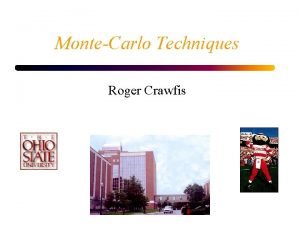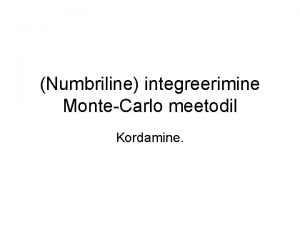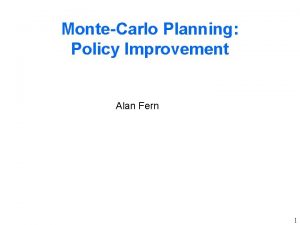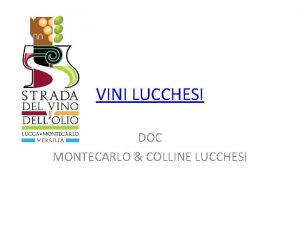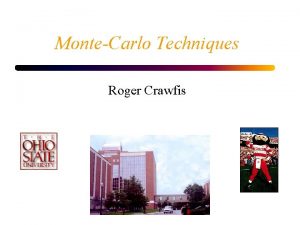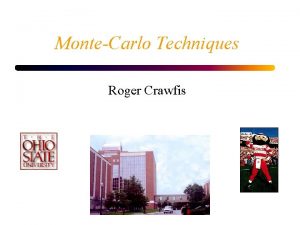MonteCarlo simulations of shock acceleration of solar energetic



















- Slides: 19

Monte-Carlo simulations of shock acceleration of solar energetic particles in self-generated turbulence Rami Vainio Dept of Physical Sciences, University of Helsinki, Finland Timo Laitinen Dept of Physics, University of Turku, Finland COST Action 724 is thanked for financial support

Large Solar Particle Events Reames & Ng 1998

GOES Proton flux 1986 -1997 Hourly fluence (protons/cm 2 sr) 104 105 106 10 N ~ 1 . 4 -0 F 1 0. 01 Fraction of time (%) 104 105 106 107 108 104 105 106 107 0. 001 Most of the IP proton fluence comes from large events Reames (2003)

Streaming instability and proton transport v dv/dt < 0 → wave growth =c v on st . dv/dt > 0 → wave damping v' v = velocity in solar-wind frame VA v|| Outward propagating AWs amplified by outward streaming SEPs → stronger scattering

Particle acceleration at shocks W 2 W 1 = u 1+v. A 1 v' =c on st . v = particle velocity in the ambient AW frame downstream → Vsh v upstream → downstream dv/dt > 0 → particle acceleration >v 1 v v 2 1 Vsh ΔW = W 2 - W 1 v|| Particles crossing the shock many times (because of strong scattering) get accelerated

Self-generated Alfvén waves Alfvén-wave growth rate Γ = ½π ωcp · pr Sp(r, pr, t)/nv. A pr = m ωcp/|k| Sp= 4π p 2 ∫dμ vμ f(r, p, μ, t) = proton streaming per unit momentum Efficient wave growth (at fixed r, k) during the SEP event requires 1 << → ∫dt Γ(t) = ½π (ωcp/nv. A) pr ∫dt Sp(r, pr, t) = ½π (ωcp/n. Av. A) pr d. N/dpr p d. N/dp >> (2/π) n. Av. A/ωcp = 1033 sr-1 (v. A /v. A) (n /2· 108 cm-3)½ where A = cross-sectional area of the flux tube d. N/dp = momentum distr. of protons injected to the flux tube sr Vainio (2003)

Self-generated waves (cont'd) Threshold spectrum for wave-growth p d. N/dp|thr = 1033 sr-1 (n /2· 108 cm-3)½ (v. A /v. A(r)) lowest in corona p d. N/dp [sr-1] Apply a simple IP transport model: radial diffusion → @ 1 AU, solar-wind model with a maximum of v. A in outer corona 1034 d. J/d. E|max = 15·(Me. V/E)½/cm 2·sr·s·Me. V for p d. N/dp = 10 33 most efficient wave growth sr. -1 Thus, wave-growth unimportant for small SEP events at relativistic energies Vainio (2003) 1033 1 10 Only threshold spectrum released “impulsively”, waves trap the rest → streaming limited intensities 100 r [Rsun]

Coupled evolution of particles and waves Protons p d. Np/dr Alfvén waves t = t 1 weak scattering (Λ > LB) weak scattering log P(r) Γ(r) p Sp(r) r r t = t 2 > t 1 p d. Np/dr p Sp(r) weak scattering turbulent trapping with gradual leakage log P(r) weak scattering impulsive release of escaping protons Γ(r) r r

Numerical modeling of coronal DSA Large events exceeding the threshold for wave-growth require self-consistent modeling Vs particles affect their own scattering conditions B u Monte Carlo simulations with wave growth SW: radial field, W = u + v. A = 400 km/s parallel shock with constant speed Vs and sc-compression ratio rsc WKB Alfvén waves modified by wave growth Suprathermal (~ 10 ke. V) particles injected to the considered flux tube at the shock at a constant rate waves P(r, f, t) and particles f(r, p, μ, t) traced simultaneously Γ = π2 fcp · pr Sp(r, pr, t)/nv. A pr = fcp mp. V/f <(Δθ)2>/Δt = π2 fcp · fr P(r, fr, t)/B 2 fr = fcp mp. V/p

Examples of simulation results Shock launched at R = 1. 5 Rsun at speed Vs = 1500 km/s in all examples. Varied parameters: Ambient scattering mean free path @ r = 1. 5 Rsun and E = 100 ke. V Λ 0 = 1, 5, 30 Rsun Injection rate q = Ninj/tmax << qsw where qsw = ∫ n(r)A(r) dr /tmax = 2. 2· 1037 s-1 Scattering center compression ratio of the shock, rsc = 2, 4

rsc = 2, q ~ 4. 7· 1032 s-1, Λ 0 = 1 Rsun - Proton acceleration up to 1 Me. V in 10 min - Hard escaping proton spectrum (~ p– 1 ) - Very soft (~ p– 4) spectrum at the shock - Wave power spectrum increased by 2 orders of magnitude at the shock at resonant frequencies

rsc = 4, q ~ 4. 7· 1032 s-1, Λ 0 = 1 Rsun - Proton acceleration up to ~20 Me. V in 10 min - Hard escaping proton spectrum (~ p– 1) - Softer (~ p– 2) spectrum at the shock - Wave power spectrum increased by > 3 orders of magnitude at the shock at resonant frequencies

rsc = 4, q ~ 1. 9· 1033 s-1, Λ 0 = 5 Rsun - Proton acceleration up to ~20 Me. V in < 3 min - Hard escaping proton spectrum (~ p– 1) - Softer (~ p– 2) spectrum at the shock - Wave power spectrum increased by ~ 4 orders of magnitude at the shock at resonant frequencies

rsc = 4, q ~ 3. 9· 1032 s-1, Λ 0 = 30 Rsun - Proton acceleration up to ~100 Me. V - Hard escaping proton spectrum (~ p– 1) - Softer (~ p– 2) spectrum at the shock - Wave power spectrum increased by > 5 orders of magnitude at the shock at resonant frequencies

Comparison with theory of Bell (1978) Qualitative agreement at the shock below cut-off Good agreement upstream behind escaping particles

Escaping particles (Λ 0 = 1 Rsun) threshold for wave-growth NOTE: Observational streaminglimited spectrum somewhat softer than the simulated one (~ E-1/2).

Cut-off energy Simulations consistent with analytical modeling: proton spectrum at the shock a power law consistent with Bell (1978) escaping particle spectrum a hard power law consistent with Vainio (2003): sr Ec Ec ~ qa with a ~ 0. 5 – 2 High injection rate leads to very turbulent environment → challenge for modeling ! log E 102 – 1 Power-laws cut off at an energy, which depends strongly on the injection rate q = Ninj/tmax Bell (1978) Bell/10 Ec [Me. V] p d. N/dp|esc ~ 4· 10 33 log f @ shock 101 100 10– 1 1034 1035 Ninj [sr– 1] simulation time = 640 s 1036

Summary and outlook Large SEP events excite large amounts of Alfvén waves need for self-consistent transport and acceleration modeling quantitatively correct results require numerical simulations Monte Carlo simulation modeling of SEP events: qualitative agreement with analytical models of particle acceleration (Bell 1978) and escape (Vainio 2003) modest injection strength (q < 10 -4 qsw) can result in > 100 Me. V protons and non-linear Alfvén-wave amplitudes streaming-limited intensities; spectrum of escaping protons still too hard in simulations The present model needs improvements in near future: more realistic model of the SW and shock evolution implementation of the full wave-particle resonance condition

Vs = 2200 km/s, rsc = 4, t = 640 s, q ~ 4. 7· 1032 s-1, Λ 0 = 1 Rsun protons waves
 Metodo montecarlo esempio
Metodo montecarlo esempio Montecarlo
Montecarlo Montecarlo
Montecarlo Montecarlo
Montecarlo Montecarlo
Montecarlo Diferencia entre shock medular y shock neurogenico
Diferencia entre shock medular y shock neurogenico Spinal shock vs neurogenic shock
Spinal shock vs neurogenic shock Spinal shock vs neurogenic shock
Spinal shock vs neurogenic shock Cauda equina vs conus medullaris
Cauda equina vs conus medullaris Subacute combined degeneration
Subacute combined degeneration Energetic particle
Energetic particle Colegiul energetic rm valcea
Colegiul energetic rm valcea Glycolysis energetics
Glycolysis energetics Energetic self perception chart
Energetic self perception chart Model studiu energetic
Model studiu energetic Case independente energetic
Case independente energetic Radial acceleration
Radial acceleration Linear acceleration vs tangential acceleration
Linear acceleration vs tangential acceleration Centripetal force
Centripetal force Tangential acceleration and centripetal acceleration
Tangential acceleration and centripetal acceleration
